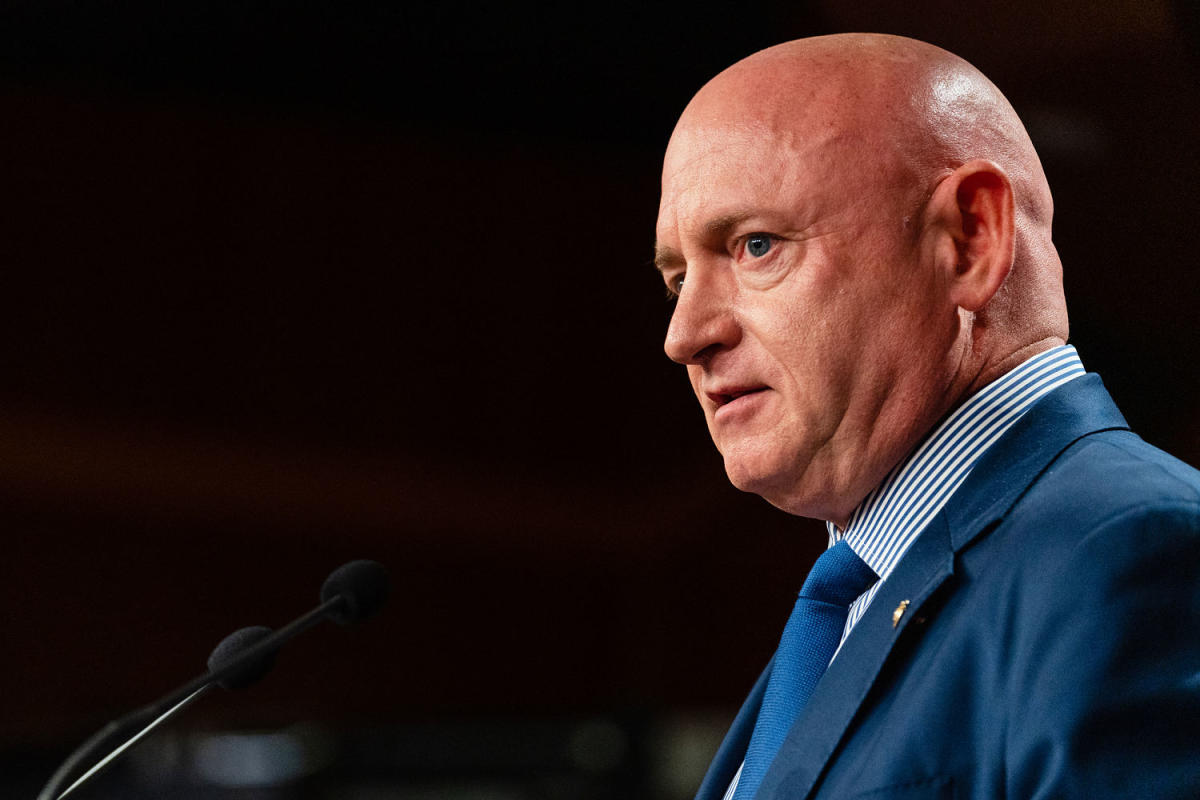Summary: A new study illuminated how fruit flies navigate by revealing the communication between their internal compass and steering brain regions. This study shows that three distinct neuron groups translate directional signals into corrective actions, allowing fruit flies to adjust their course effectively.
These findings not only deepen our understanding of navigation in simpler organisms but also lay the groundwork for future research into the neural basis of behavior in more complex species, including humans.
By exploring the intricacies of fruit fly brains, scientists have uncovered fundamental principles of cognitive processing and behavior adjustment, offering insights into how internal cognitive states like direction sense are converted into tangible actions.
Key Facts:
- The study discovered that three groups of neurons help fruit flies correct their course by translating internal compass signals into navigational behavior.
- This research provides a detailed look at how directional sensing is functionally connected to the brain’s steering mechanisms, guiding navigation.
- The findings could help understand similar cognitive processes in higher-order species, revealing universal principles of brain function across different organisms.
Source: Harvard
Our sense of direction is essential to our ability to navigate the world around us. It acts as the brain’s internal compass to help us find our way and, just as importantly, to prompt us to change course when we’re heading in the wrong direction.
Yet despite a large body of research on how navigation works in the brain, scientists still lack a clear understanding of how this internal compass directly guides behavior.
Now, a study conducted in fruit flies and led by researchers at Harvard Medical School offers new insights into how two distinct brain regions — the seat of the compass and the steering center — communicate during navigation.
The findings are published Feb. 7 in Nature.
In the study, researchers examined the brains of fruit flies knocked off course while running in a particular direction. They discovered that three distinct groups of neurons enable communication between the compass and the steering regions of the brain and work together to help the fly course-correct. In doing so, the neurons translate signals from a fly’s internal compass into behavior to keep it moving in the right direction.
“Until now, no one really knew how sense of direction, which is an internal cognitive state, relates to the actions an animal is making in the world,” said senior author Rachel Wilson, the Joseph B. Martin Professor of Basic Research in the Field of Neurobiology in the Blavatnik Institute at HMS.
Despite their small size, fruit flies have complicated brains and behaviors — and thus the findings could provide a foundation for future studies on how signals in the brain become actions in more complex species, including humans.
Staying on course
Humans and other complex animals have an internal compass made of brain cells that use internal and external information to generate a sense of direction. In fruit flies, scientists have figured out that these cells — called head-direction cells — are arranged in a circle, making them especially easy to study.
Contrary to what their name implies, fruit flies spend more time walking than flying. Previous research has shown that as flies walk around, these head-direction cells actively track their rotational movements, such as turning right or left.
In the new study, Wilson and colleagues wanted to explore how this compass is functionally connected to the steering region of the brain to understand how it guides navigation.
To do this, they used an existing wiring diagram of every neural connection in the fruit fly brain to build a computational model of how these regions might be linked. With this model, they were able to identify and make predictions about the layer of neurons that connect the two regions.
To validate their predictions, the researchers analyzed the activity in the layer of neurons identified by the model as the flies walked around in a virtual reality environment. Often, flies ran straight in a random direction, likely in an effort to escape their environment.
When their virtual world was rotated to move them off course, the flies swiftly course-corrected. Interestingly, these course corrections were carried out by three separate groups of neurons: Two sets of neurons nudged the fly to go right or left, and one issued a signal to turn around completely.
“You can think of these three groups of neurons as three sentries guarding a castle,” Wilson said, “with each responsible for surveilling in a different direction and prompting the correction needed to keep the fly moving towards its goal.”
The findings explain how fruit flies use their sense of direction to estimate where they are in relation to a goal and how they use this estimate to adjust their behavior.
“This is a really concrete description of how a complicated cognitive process works and how it produces specific, guided behaviors in real time,” Wilson said.
The findings complement a second study, also published in Nature on Feb. 7 and led by a separate team of researchers at The Rockefeller University, that describes parts of the same neuronal circuit in fruit flies.
Taken together, the two studies provide an even more complete understanding of how sense of direction translates into behavior in the animals.
A strong starting point
Wilson said that her team’s observations have implications beyond identifying the connections between the brain’s compass and steering regions. The findings provide important clues about the format and location of navigational goals in the brain — and may pave the way for understanding how other types of goals are stored.
“I think we’ve touched on one of the most mysterious aspects of brain function, which is how we hold information and intentions in our mind in a latent form and then act on them,” Wilson said, adding that even insects have this ability. “In the future, we’re going to investigate how this works.”
Wilson is also interested in learning more about the three groups of neurons the study identified — and whether analogous groups of neurons dedicated to fine and coarse adjustments exist in other brain networks.
“We have a hunch that this is actually a major principle of brain function and might explain a lot of seemingly redundant pathways in the brain,” Wilson explained.
Wilson added that because fruit flies have complex brains and behaviors, they are a good starting point for studying aspects of cognition that exist in higher-order species such as mice or humans.
“By understanding a system in one small brain, I think we’ve made important progress toward forming clear hypotheses about how it may work in more complicated brains,” she said. “At this point, I don’t see an obvious end to the similarities between species.”
Authorship, funding, disclosures
Additional authors on the paper include Elena Westeinde, Emily Kellogg, Paul Dawson, Jenny Lu, Lydia Hamburg, Benjamin Midler, and Shaul Druckmann.
The research was supported by the National Institutes of Health (U19NS104655).
About this neuroscience research news
Author: Dennis Nealon
Source: Harvard
Contact: Dennis Nealon – Harvard
Image: The image is credited to Neuroscience News
Original Research: Open access.
“Transforming a head direction signal into a goal-oriented steering command” by Rachel Wilson et al. Nature
Abstract
Transforming a head direction signal into a goal-oriented steering command
To navigate, we must continuously estimate the direction we are headed in, and we must correct deviations from our goal. Direction estimation is accomplished by ring attractor networks in the head direction system. However, we do not fully understand how the sense of direction is used to guide action.
Drosophila connectome analyses reveal three cell populations (PFL3R, PFL3L and PFL2) that connect the head direction system to the locomotor system. Here we use imaging, electrophysiology and chemogenetic stimulation during navigation to show how these populations function. Each population receives a shifted copy of the head direction vector, such that their three reference frames are shifted approximately 120° relative to each other.
Each cell type then compares its own head direction vector with a common goal vector; specifically, it evaluates the congruence of these vectors via a nonlinear transformation. The output of all three cell populations is then combined to generate locomotor commands.
PFL3R cells are recruited when the fly is oriented to the left of its goal, and their activity drives rightward turning; the reverse is true for PFL3L. Meanwhile, PFL2 cells increase steering speed, and are recruited when the fly is oriented far from its goal. PFL2 cells adaptively increase the strength of steering as directional error increases, effectively managing the tradeoff between speed and accuracy.
Together, our results show how a map of space in the brain can be combined with an internal goal to generate action commands, via a transformation from world-centric coordinates to body-centric coordinates.

Rachel Carter is a health and wellness expert dedicated to helping readers lead healthier lives. With a background in nutrition, she offers evidence-based advice on fitness, nutrition, and mental well-being.








